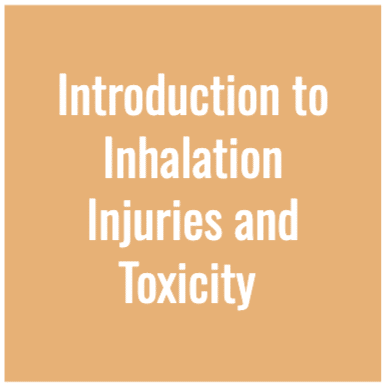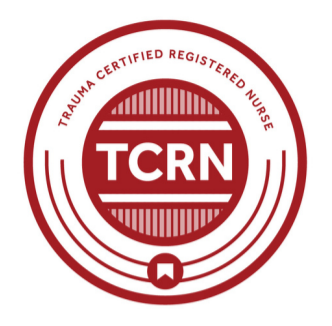Inhalation injuries occur when respiratory tissue is damaged by heat, smoke or chemicals. More than three-quarters (77%) of burn victim deaths are due to pulmonary complications from inhalation injuries.
Trauma and emergency nurses should know the signs that inhalation injury might be present and understand the symptoms of inhalation-related problems.
1. Facial burns
Facial burns are common in patients with inhalation injury. Burns of the lips, tongue and mouth and singeing of the eyebrows may be evident. Patients should also be assessed for singeing of the nasal hair and burns of the nasal mucosa.
2. Painful swallowing
Painful swallowing after smoke exposure could indicate a possible inhalation injury. Inhalation burn may also be indicated by soot in the oropharynx and airways.
3. Difficulty breathing and other signs of upper airway injury
Upper airway injury is defined as injury above the vocal cords. Signs may include abnormal redness of the mucous membrane (erythema), ulceration and edema. Symptoms may include stridor (abnormal high-pitched breath sounds), hoarseness and difficulty breathing, which can lead to respiratory fatigue. In addition, damage to the cilia of the upper airway can lead to ineffective airway clearance.
4. Wheezing, coughing and other signs of tracheobronchial injury
Injury to the tracheobronchial tree can be caused by the inhalation of steam, chemicals or toxic gases. Symptoms may include wheezing, coughing, hypoventilation and erythema. Other indicators can include lung collapse (atelectasis) and soot in the secretions. In addition, smoke inhalation can cause local nerve damage, leading to bronchoconstriction.
5. Hypoxia and other signs of parenchymal injury
Parenchymal injury is injury to the alveoli, alveolar ducts and/or bronchioles. Damage to these parenchymal tissues can lead to pulmonary edema and acute respiratory distress syndrome (ARDS).
Parenchymal tissue damage can be delayed due to the decrease in arterial oxygen. Signs can include atelectasis, alveolar collapse and hypoxia.
Clinical findings associated with ARDS include increased secretions, increased or rapid respirations, and decreased oxygen saturation. There may also be increased patchy infiltrates on chest radiographs.
6. Headache and other signs of carbon monoxide poisoning
Among patients who die from inhalation injuries, the most frequent cause of death is carbon monoxide (CO) poisoning. CO poisoning should be an assumed diagnosis in patients with inhalation injuries.
For patients with CO exposure, symptoms become more severe as the patient’s carboxyhemoglobin level increases.
| Carboxyhemoglobin level | Typical symptoms |
| 0 to 10% | Usually no symptoms |
| 10% to 20% | Mild headache, dyspnea |
| 20% to 30% | Throbbing headache, impaired concentration |
| 30% to 40% | Severe headache, impaired thinking |
| 40% to 50% | Confusion, lethargy, syncope |
| 50% to 60% | Respiratory failure, seizure |
| 60% to 70% | Coma, death |
Trauma and emergency nurses should be aware that oxygen administration may create falsely low carboxyhemoglobin levels. In addition, pulse oximetry should not be used to evaluate inhalation injuries or the presence of CO poisoning because it cannot detect the difference between carboxyhemoglobin and normal oxyhemoglobin. In fact, pulse oximetry may be falsely elevated during CO exposure.
7. Decreased consciousness and other symptoms of cyanide poisoning
The symptoms of hydrogen cyanide (HCN) toxicity are nonspecific, making cyanide poisoning difficult to diagnose. Since HCN is caused by the combustion of plastics and other common materials, it is common in fire scenes. For that reason, cyanide poisoning should be considered in all patients being treated for smoke inhalation.
Patients affected by cyanide toxicity may exhibit:
- Decreased level of consciousness
- Cardiac arrest, cardiac decompensation and/or other cardiovascular symptoms
- Hyperpnea (abnormally deep breathing) and/or hyperventilation
- Seizures and/or dystonia
- Coma



